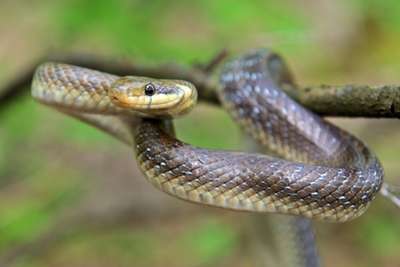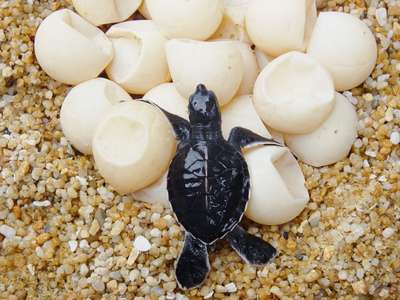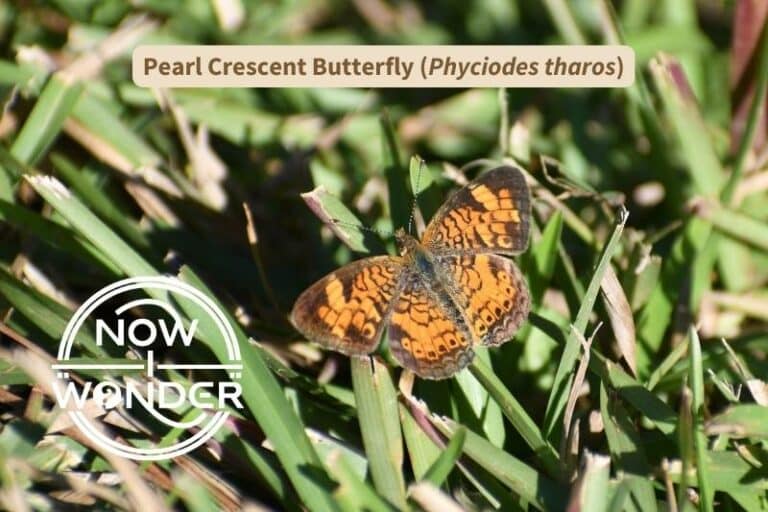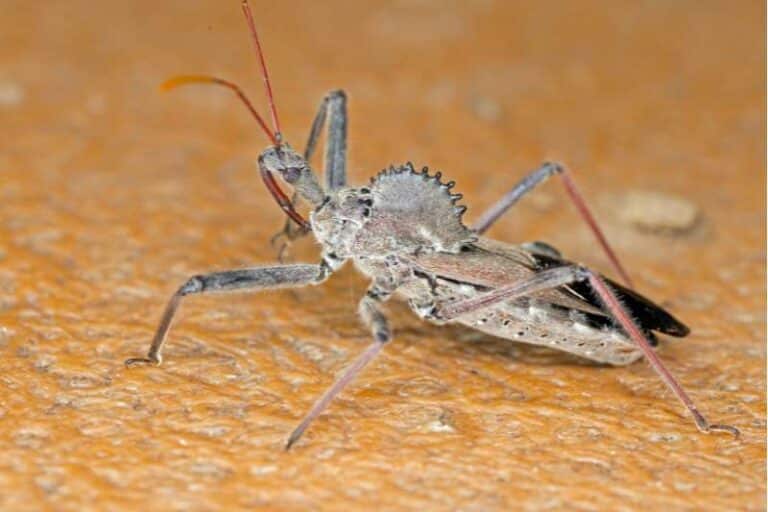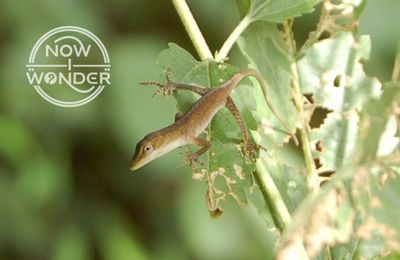Clouded Sulphur butterflies (Colias philodice) are medium-sized butterflies found throughout North Carolina. Males are yellow; females can be either yellow or white. Their wings have a wide black band along the outer edge. The band is solid on males and spotted with yellow on females.
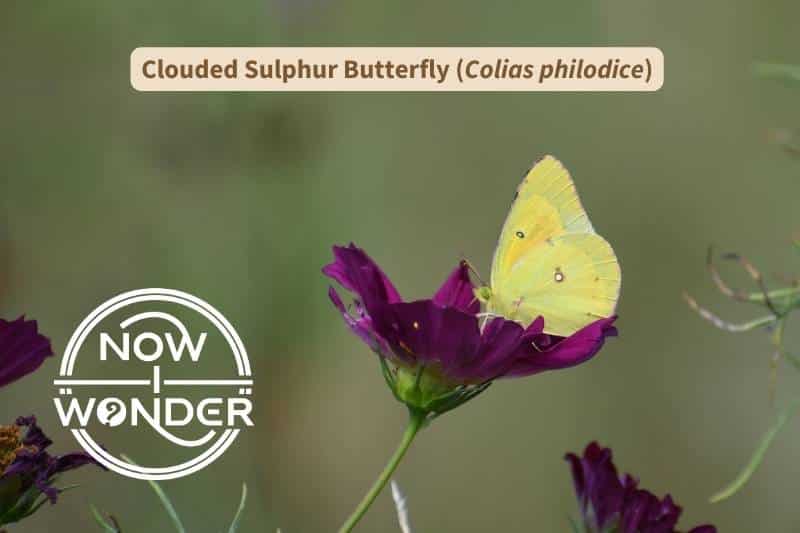
Fun Facts About Clouded Sulphur Butterflies To Wow Your Friends
My absolute favorite thing to do after I identify a butterfly is to learn everything I can about it.
Every species on earth is unique and has its own quirks, hidden talents, enemies, and friends. I call these special tidbits “fun facts” because that’s what they are to me.
Here are a few fun facts about Clouded Sulphur butterflies that I hope you enjoy too!
- Clouded Sulphur butterflies have benefited from the spread of human agriculture. This species loves alfalfa, and can become a serious pest when its population gets too dense in a given area.
- Clouded Sulphur butterflies can be hard to identify.
- Males and females are “sexually dimorphic”. This means they look different from each other.
- Females can be either yellow or green, while males are always yellow.
- Additionally, this butterfly species is “seasonally variable”. This means that individuals look different at different times of the year.
- Temperature affects the color of adult butterflies. Butterflies that develop in the the spring and fall are small and dark. Those that develop in the heat of summer are large and bright colored.
- Males and females are “sexually dimorphic”. This means they look different from each other.
- Another common name for the Clouded Sulphur butterfly is “Common Sulphur” (Pyle, 1981).
- Clouded Sulphur butterflies (Colias philodice) sometimes mate with Orange Sulphur butterflies (Colias eurytheme) (Opler and Malikul, 1992).
- The ranges and food plants of these two species overlap and they look very similar. In fact, it can be very hard for humans to tell the two types of butterflies apart in real life.
- The butterflies themselves don’t really have this problem. Male Clouded Sulphur butterflies produce special chemicals called pheromones. Orange Sulphurs don’t make the same chemicals (Grula et al. 1980) and females of both species can tell the difference. Females of each species can identify males of their own species by how the males smell.
- The two species breed mostly when the butterflies get crowded together.
But fun facts are a whole lot more fun when you get to see the actual animal in real life. So read on to find out where, when, and how to find Clouded Sulphur butterflies, and how to make sure you’re looking at the animal you think you are. You’ll be so glad you did!
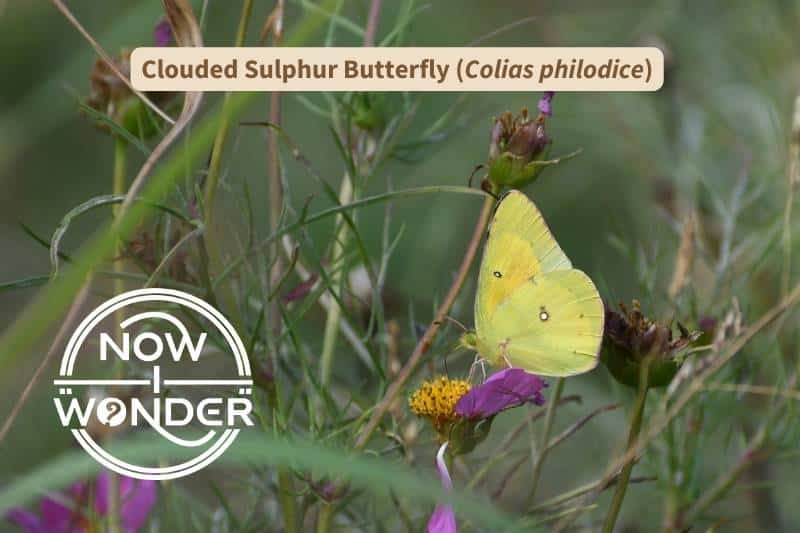
How Are Clouded Sulphur butterflies classified?
| Kingdom | Animalia |
| Phylum | Arthropoda |
| Class | Insecta |
| Order | Lepidoptera |
| Family | Pieridae (“whites and sulphurs”, subfamily Coliadinae, “sulphurs”) |
| Genus species | Colias philodice |
How Do I Know I’m Looking At A Clouded Sulphur butterfly?
Appearance of Clouded Sulphur Butterfly Eggs
Clouded Sulphur butterfly eggs are white when the females lay them one at a time on their host plants. The eggs turn red after a day or two, then gray before they hatch (Wagner, 2005).
Appearance of Clouded Sulphur Caterpillars / Larvae
Clouded Sulphur caterpillars are bluish-green and about 1.4 inches (3.5cm) long (Wagner, 2005). A single thin, cream-colored stripe runs lengthwise down their sides. The stripe may include pink or red sections and be edged in black or dark green.
Their chrysalids are green.
Appearance of Adult Clouded Sulphur Butterflies
Clouded Sulphur butterflies are medium-sized butterflies. They have wingspans of about 2.75 inches (7.0 cm) and can be hard to identify for a couple of reasons.
First, these butterflies are “sexually dimorphic”. This means that males and females look different from each other.
Second, this butterfly species is “seasonally variable”. This means that individuals look different at different times of the year.
Temperature affects the color of adult butterflies. Butterflies that develop in cool weather are small and dark (Daniels, 2003). Both sexes are greenish-yellow in spring and fall. Butterflies that develop in the heat of summer are larger and bright yellow.
Third, Clouded Sulphurs almost always close their wings when they land. This hides the top of their wings from view. Unfortunately, the easiest way to identify a Clouded Sulphur is to look at the top of its wings.
The top of the forewings of males are bright yellow with solid black borders. Females’ wings can be either yellow or white and have yellow spots in their black wing borders. The forewings of both sexes have a solid black wing spot.
The hindwings are also bordered in black and have an orange spot in the center.
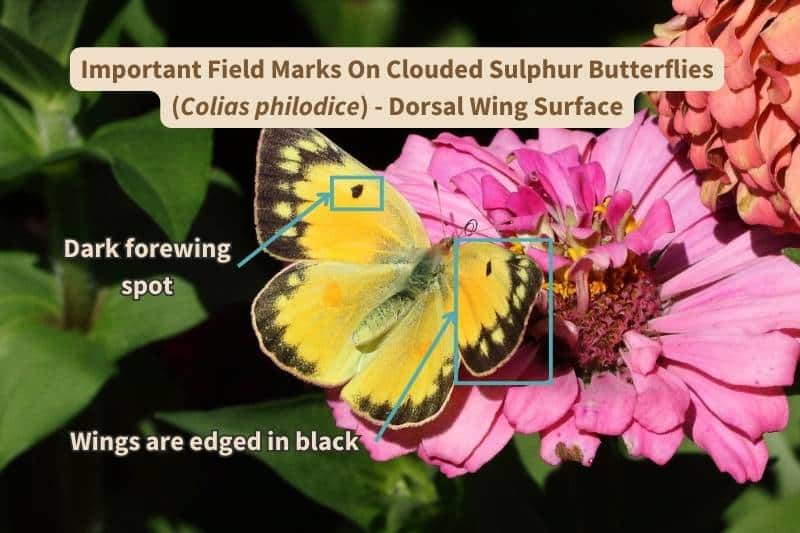
The underside of both sets of wings is yellow to greenish yellow dusted with black and a faint row of dark spots. The hindwings have two spots each; one large and one small. Both spots are silvery and surrounded by thin, red rims. If you look closely, you’ll see pink fringes on each wing.
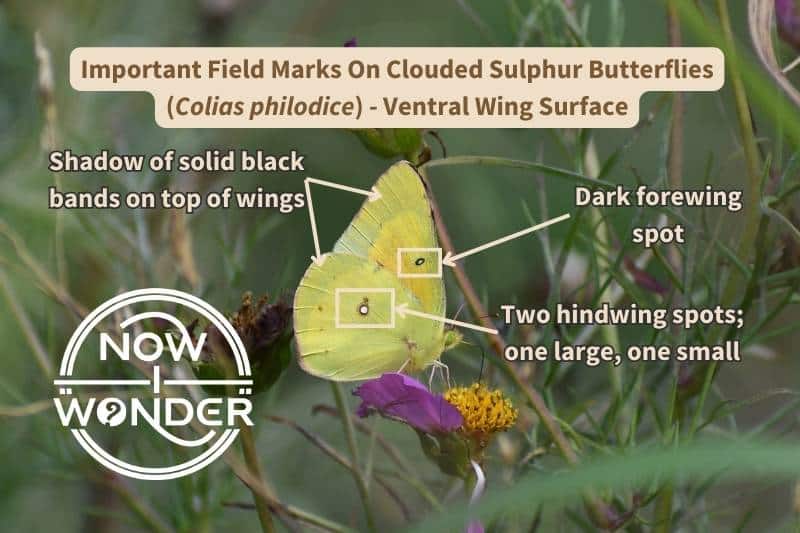
When Can I Find Clouded Sulphur Butterflies In North Carolina?
Clouded Sulphur butterflies (Colias philodice) fly from late March to mid-November in North Carolina. Females lay eggs throughout this time so many broods develop over the summer. These butterflies are common to abundant in North Carolina.
Individual Clouded Sulphurs survive North Carolina’s winters as pupae. Their leathery, waterproof chrysalids protect them from freezing to death. Once spring arrives, the pupae emerge as adults and start to breed. Mild temperatures in mid-winter sometimes trick them into emerging too soon (Opler and Malikul, 1992).
Where Should I Look To Find Clouded Sulphur Butterflies in North Carolina?
Look for Clouded Sulphur butterflies anywhere lots of flowers bloom. You can find them in waste lots, meadows, farm fields, and along roadsides.
They especially love sunny areas where clovers, vetch, and other legumes grow. Clouded Sulphur butterflies are abundant throughout the state of North Carolina. They are easy to find but not always easy to identify because their appearance varies throughout the year.
What do Clouded Sulphur butterflies eat?
Clouded Sulphur Butterfly Larval Food Plants
Clouded Sulphur caterpillars eat the leaves of plants in the pea family (Fabaceae). They especially love clovers like White Sweet Clover (Melitotus alba), Red Clover (Trifolium pratense), and Dutch Clover (Trifolium repens). They will feed on Alfalfa also and can become real pests to Alfalfa farmers.
Clouded Sulphur Butterfly Adult Food
Adult Clouded Sulphur butterflies visit a wide variety of flowers to get nectar. They especially love clovers and other plants in the pea family (Fabaceae), like Blue Vetch (Vicia cracca) and Wild Lupine (Lupinus perenis).
References
Daniels, Jaret C., 2003. Butterflies of the Carolinas. Cambridge, MN: Adventure Publications Inc.
Grula JW, McChesney JD, Taylor OR. 1980. Aphrodisiac Pheromones of the Sulfur Butterflies Colias eurytheme and Colias philodice (Lepidoptera, Pieridae). Journal of Chemical Ecology 6: 241–256.
Opler, Paul A., and Malikul, Vichai, 1992. Peterson Field Guides: Eastern Butterflies. New York, NY: Houghton Mifflin Company.
Pyle, Robert Michael, 1981. National Audubon Society Field Guide to Butterflies. New York, NY: Alfred A. Knopf.
Wagner, David L., 2005. Princeton Field Guides: Caterpillars of North America. Princton, NJ: Princeton University Press.


